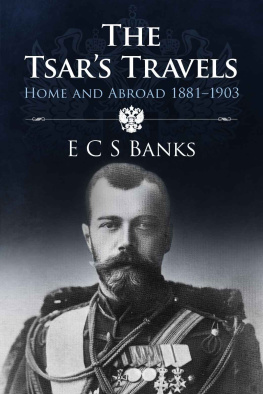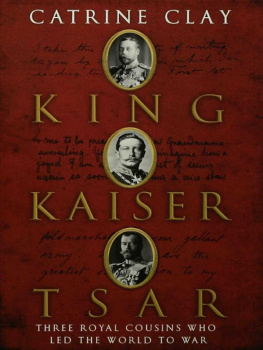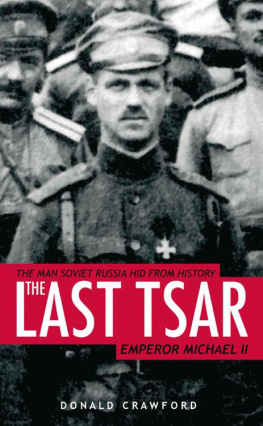All rights reserved under International and Pan-American Copyright Conventions. No part of this book may be reproduced in any form or by any electronic or mechanical means, including information storage and retrieval systems, without permission in writing from the publisher, except by a reviewer who may quote brief passages in a review.
Produced in the United States of America.
PROLOGUE
Sverdlovsk Region, the Urals, Russia. May 1979. A small investigation team weaved its way through a forest toward a lonely meadow in search of a very special burial site. Led by Alexander Avdonin, a retired geologist, and accompanied by Geli Ryabov, a filmmaker for the Ministry of Interior Affairs, and a fellow geologist, Michael Kochurov, the team had been searching for answers to sixty-year-old historical questions.
In a clearing about four and a half miles from the Four Brothers mine shaft, in an area curiously called the Piglet Meadow, they came upon a shallow grave. They realized that this must be what they had been looking for. Having dug down just a few feet they came upon what appeared to be human bones, and indeed these turned out to be the remains of nine skeletons.
Slowly, one by one, Avdonin and his fellow researchers unearthed three skulls and washed them with water from a nearby spring. The skulls looked gray and black and in some areas appeared to be damaged with acid. The center facial bones of the skulls were missing and had large round holes, as if smashed in by some hard object. Avdonin and his team instinctively knew that this was the groundbreaking historicaldiscovery they were after. It was also a finding they realized could endanger them and their families. They decided to rebury the skulls in the original gravesite and to keep quiet about their find until circumstances in the country changed.
The right time came a little more than a decade later. By the early 1990s the Soviet Union had fallen and the new ideology of openness allowed the Russian people to ask questions about their history without fear of retribution. One of the most nagging unanswered questions was what happened to Russia's last rulerTsar Nicholas IIand his family, who were arrested in 1918 and were thought to be murdered near Sverdlovsk, then known as Ekaterinburg. For many years there were no bodies to prove that these deaths actually occurred. For more than a half a century of Soviet rule, the lack of detailed information surrounding the fate of the murdered imperial family gave rise to numerous rumors of conspiracies and various survivors, not just in Russia but also in the West. Individuals periodically surfaced claiming to be one imperial daughter or another, the former heir, or even the tsar himself. There were movies, cartoons, and books based on the alleged survival of the most famous of all imperial daughtersthe Grand Duchess Anastasia, which helped reignite twenty-first century interest in the last Russian imperial family. Under the Soviet regime the subject was all but forbidden, but times had certainly changed and people's natural curiosity about the last imperial family seemed to be almost encouraged.
Russian president Boris Yeltsin finally authorized an official scientific opening of the Piglet Meadow burial site in 1991, while Governor Edward Rossel, the chairman of the Sverdlovsk Region Executive Committee, formally announced to the press the discovery of the bones which in great probability belonged to Nicholas Romanovthe formerTsar of Russiaand his wife, three of his five children, and several of their servants.
In July 1992, a team of forensic specialists under the direction of Dr. William Maples from the University of Florida arrived in the former Sverdlovsk, which had now reverted to its previous name, Ekaterinburg. The scientists quickly determined that these were indeed the remains of the last Russian imperial family. Concurrently, Russian forensics scientists, using digital computer images to compare old photographs of the imperial family to the skulls, announced that they had been successful in superimposing the sets of photos, thus demonstrating that the remains belonged to the Romanov family.
A few years later, in the United Kingdom, Dr. Peter Gill of Biology Research Science Laboratory performed DNA tests comparing the Ekaterinburg remains to Prince Philip, Duke of Edinburgh, who is one of the closest maternal living relatives of Tsarina Alexandra and her children. Similar DNA profile studies were also carried out in the United States by Dr. Mary-Claire King of the University of California at Berkeley, as well as by the U.S. Armed Forces Institute of Pathology in Rockville, Maryland.
All the DNA analyses were completed in the autumn of 1995 and confirmed beyond any scientific doubt that the skeletal remains belonged to the Romanovs. Among the remains were ones which belonged to the eldest daughter of Nicholas II, the Grand Duchess Olga Nikolaevna Romanovaged twenty-two at the time of her death.
The discovery and scientific identification of the Ekaterinburg remains should have put to rest all the conspiracy theories and fairy tales about the final fate of the tsar and his family. But astonishingly the controversy continued, not least of all because the Russian Orthodox Church, along withone of the branches of the surviving extended Romanov family, refused to accept the definitive scientific results which proved that the remains found near Ekaterinburg indeed belonged to the murdered imperial family. Reason prevailed and in July 1998, the remains of Grand Duchess Olga, her parents, and two of her sisters were interred in the imperial family crypt at the St. Peter and St. Paul Cathedral on the eightieth anniversary of their execution. The Romanov family was at last in their final resting place among their royal ancestors. It was not until nearly ten years later when the remains of Aleksei and the fourth sister were finally found not far from where the others were first discovered. The eighty-year-old mystery of what happened to the bodies of the last Russian imperial family was solved.
RUSSIA AND THE ROMANOVS BEFORE WORLD WAR I
In the dawn of 1905, less than a year after the birth of the long-awaited heir to the Russian throne, the Romanov dynasty teetered on the brink of disaster. On the morning of January 9, imperial troops opened fire on citizens who had gathered in protest in Palace Square in St. Petersburg. The protesters had refused to disperse until they could present a petition for reforms to their tsar, Nicholas II. In what became known in Russian history as Bloody Sunday, hundreds of unarmed St. Petersburg workers were shot and killed and thousands more wounded.
That very day, the myth of the good tsar, who cared and wished to protect his people, bled to death in the snow in front of the Winter Palace along with the victims of the mass shooting. A new term, Bloody Nicholas, was born, branding the tsar as the ruthless autocrat who ordered the deaths of hundreds of innocent citizens who had gathered together to ask for his help to bring about better working conditions.
Bloody Sunday, coupled with the disastrous war with Japan the previous year, caused the popularity of Tsar Nicholas II to plummet. It did not matter that Nicholas and his family were not even present in St. Petersburg that day, orthat the tsar did not even learn of the tragedy until well after it was over. He was now seen by many of his subjects as a heartless tyrant with the blood of innocent Russian people on his hands. The events led to massive general strikes and political unrest across Russia, and ultimately Nicholas II had to make some unprecedented constitutional concessions in order to save his position, as well as the Romanov dynasty. The year 1905 is in fact considered by many historians to be the first Russian revolution.

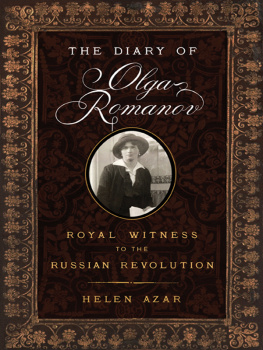
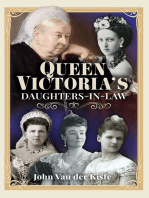
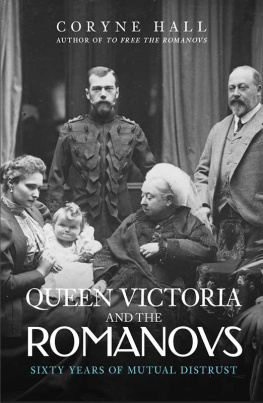
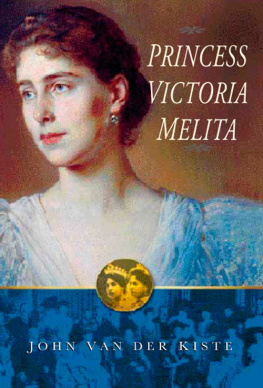
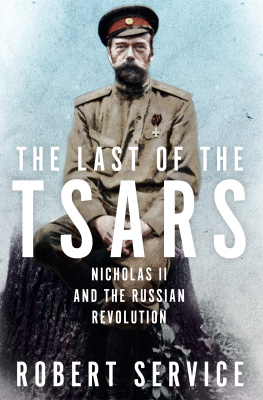

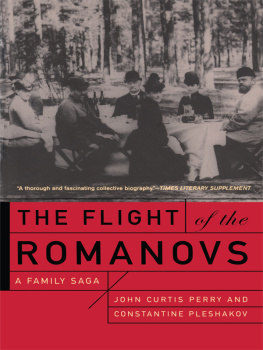
![Sophie Law [Sophie Law] - Olga’s Egg](/uploads/posts/book/141435/thumbs/sophie-law-sophie-law-olga-s-egg.jpg)
